This is GRUB’s final warning before you dig too deep in the OS list. Never hold ⬇️ for more than 45 minutes. If you do, make sure you have punch tape with a bootloader available or you'll have to manually enter machine code instructions to get your computer back up.
ChaoticNeutralCzech
I don't like wealthy entrepreneurs either but I would be cautious about letting kids watch Chinese cartoons especially. China is undoubtedly trying to get a solid spot in the global animation industry and it's definitely the CCP behind this push. I think they are after the influence opportunities. Of course, US producers have long dominated the industry and churned out way too many rags-to-riches stories but you should not cheer if it's another extremist group that's challenging the status quo.
There are worse shows, such as its Chinese bootleg Deer Squad. It has been dubbed into dozens of languages already.

If cookie clicker was real:
I have a short story too (see below the oath quote). It does not include women because the oath text does not either. You can rewrite it to include gender mechanics (making the patient a woman, perhaps) but it's probably not worth the effort. For starters, appendoctomy hadn't been invented back then.
“Could I fuck a female doctor instead?”
“To my knowledge, there aren’t any in all of Pelopones. There is quite a selection of gay men, though. A nearby one is crossdressing, actually.”
You read it wrong. I will include all of it for context, and add commentary. Third paragraph is relevant.
I swear by Apollo Healer, by Asclepius, by Hygieia, by Panacea, and by all the gods and goddesses, making them my witnesses, that I will carry out, according to my ability and judgment, this oath and this indenture.
Religious preamble as standard for its time
To hold my teacher in this art equal to my own parents; to make him partner in my livelihood; when he is in need of money to share mine with him; to consider his family as my own brothers, and to teach them this art, if they want to learn it, without fee or indenture; to impart precept, oral instruction, and all other instruction to my own sons, the sons of my teacher, and to indentured pupils who have taken the Healer's oath, but to nobody else.
Medical knowledge should be free! You hear that, America?
Also, it's not “first do no harm”, it's “first respect your teacher”.
I will use those dietary regimens which will benefit my patients according to my greatest ability and judgment, and I will do no harm or injustice to them.[6] Neither will I administer a poison to anybody when asked to do so, nor will I suggest such a course. Similarly I will not give to a woman a pessary to cause abortion. But I will keep pure and holy both my life and my art. I will not use the knife, not even, verily, on sufferers from stone, but I will give place to such as are craftsmen therein.
See, no doctors with knife! You can get another “craftsman” to operate on you but better make sure he is the son of a doctor, because all others have never received medical training (see end of second paragraph) or taken this no-knife oath.
Into whatsoever houses I enter, I will enter to help the sick, and I will abstain from all intentional wrong-doing and harm, especially from abusing the bodies of man or woman, bond or free. And whatsoever I shall see or hear in the course of my profession, as well as outside my profession in my intercourse with men, if it be what should not be published abroad, I will never divulge, holding such things to be holy secrets.
Do no harm, also don't rape and keep secrets. All good...
Wait! "outside my profession in my intercourse with men”
Every male MD is gay, confirmed
Now if I carry out this oath, and break it not, may I gain for ever reputation among all men for my life and for my art; but if I break it and forswear myself, may the opposite befall me.[5]
– Translation by W.H.S. Jones
Well, this is weird. Imagine you come to an Ancient Greek doctor with abdominal pain...
“One of your intestines went naughty and needs to be removed.”
“Can you do it?”
“No way, I’m a doctor, not a surgeon. Hekates the butcher could help you. He's great with the knife but I don't think he can tell the intestines apart.”
“What happens if he gets it wrong?”
“You die.”
“Are you sure it's that intestine?”
“Most likely. It will not hurt to remove, anyway. The appendix is nothing but a troublemaker.”
“It doesn't hurt?”
“The procedure certainly DOES hurt but it's better than what you'd be going through without it.”
“Can you at least instruct Hekates?”
“No, we doctors cannot divulge the secrets of our craft, except to our children. The only doctor I know has a son is 3 city-states away, and the son is terrible at cutting.”
“Can you adopt my son and teach him about the appendix? I could then have him instruct Hekates.”
“I’ll gladly become a stepfather if you let me fuck you...”
“I’m not gay but I guess it's better than dying...”
“Deal. Meet me after my office hours, I cannot have intercourse with men on the job.”
- Do you think developers have any say in this?
- They have Reddit Premium for free, and most likely an internal version too.
Do you think enough Harry Potter porn is produced to cover a continuous video stream / decent-rate picture slideshow?
Anyway, these could be AI-generated with feedback from EEG.
surgeon
Really? The Hippocratic Oath originally included "I will not use the knife". A surgeon is very limited without a knife.
Edit: I read the thing and it basically says that doctors and surgeons are separate professions: doctors MUST take the oath while surgeons MUST NOT; this also prevents surgeons from obtaining medical knowledge unless they are a son (or presumably a daughter) of a doctor.
Don't worry about late/no replies. This is just how the internet works:
- People can visit a post long after it's been submitted.
- It is generally accepted that people can be busy or have abandoned an account.
- There is only so much to say about any topic, and it is impractical/impossible to keep replying just for the sake of it. Two such people would generate a neverending thread.
I feel you but the curiosity usually takes over for me.
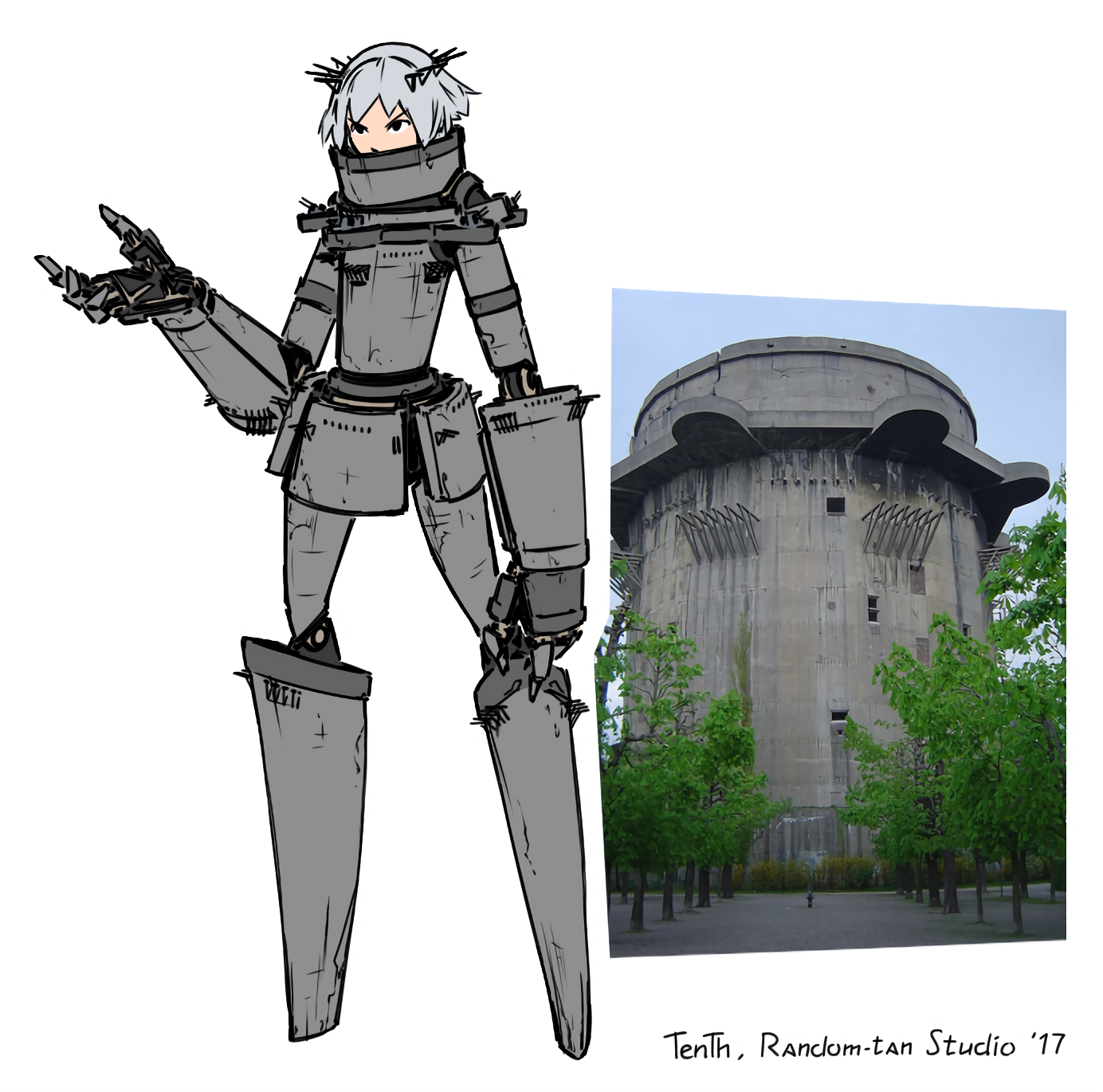
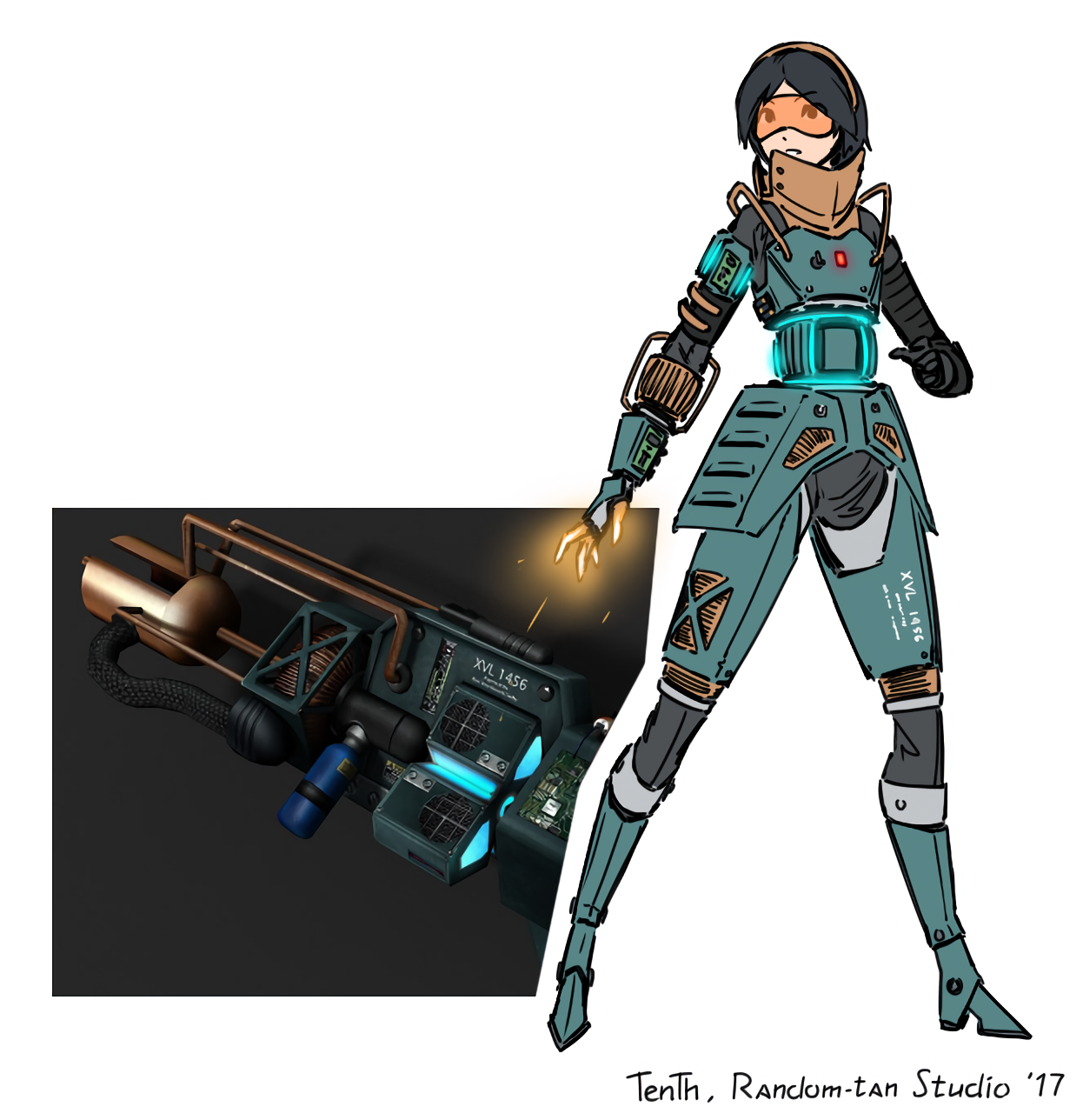
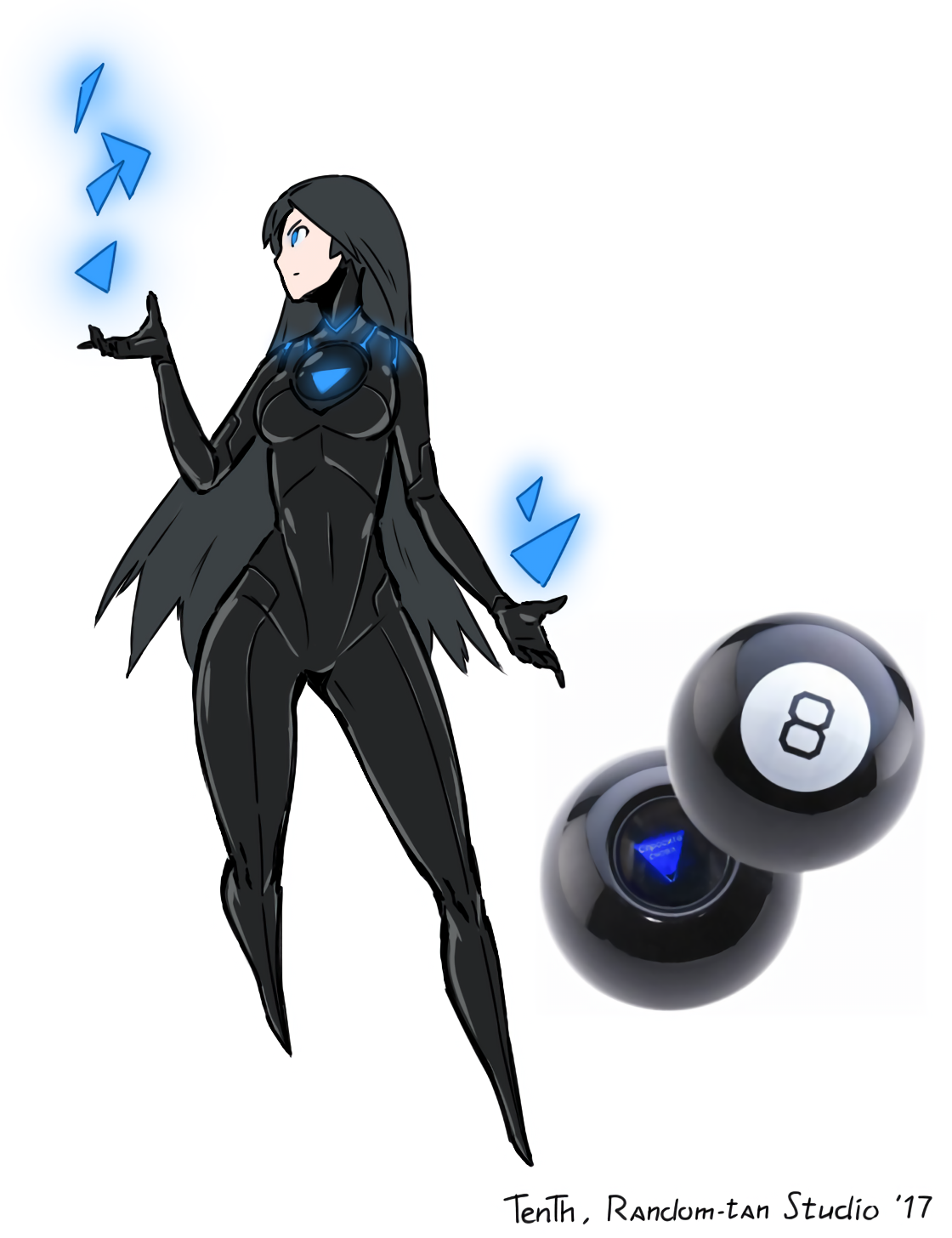
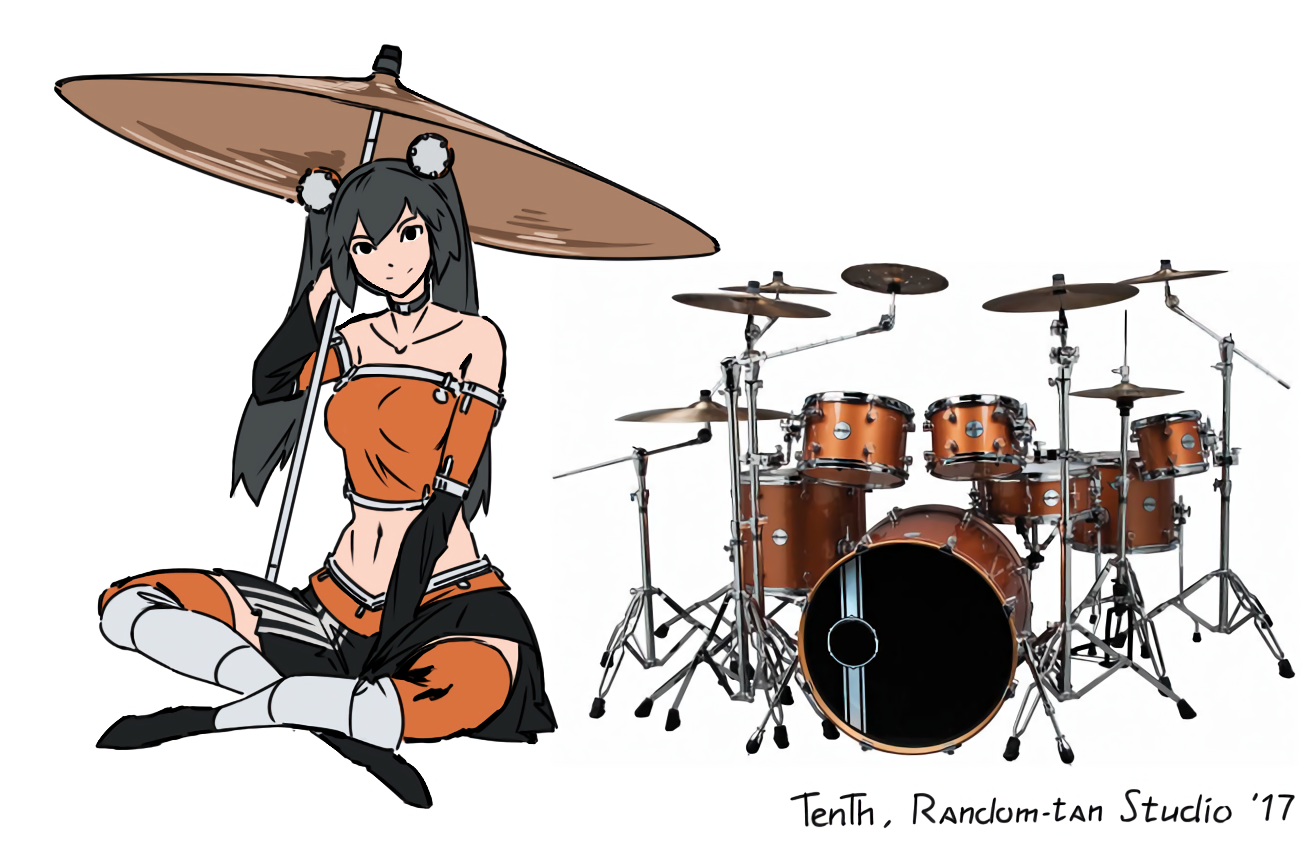
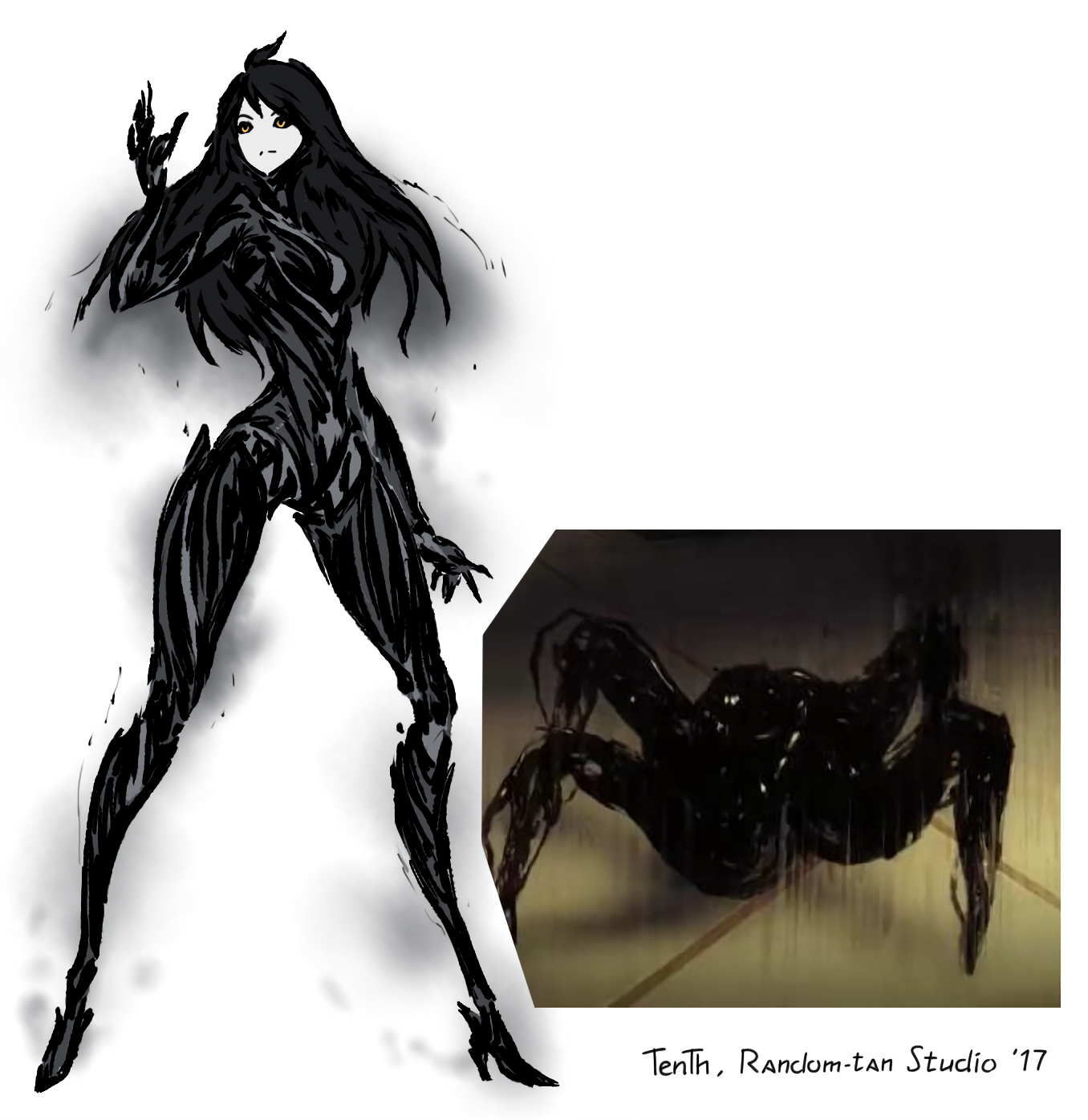
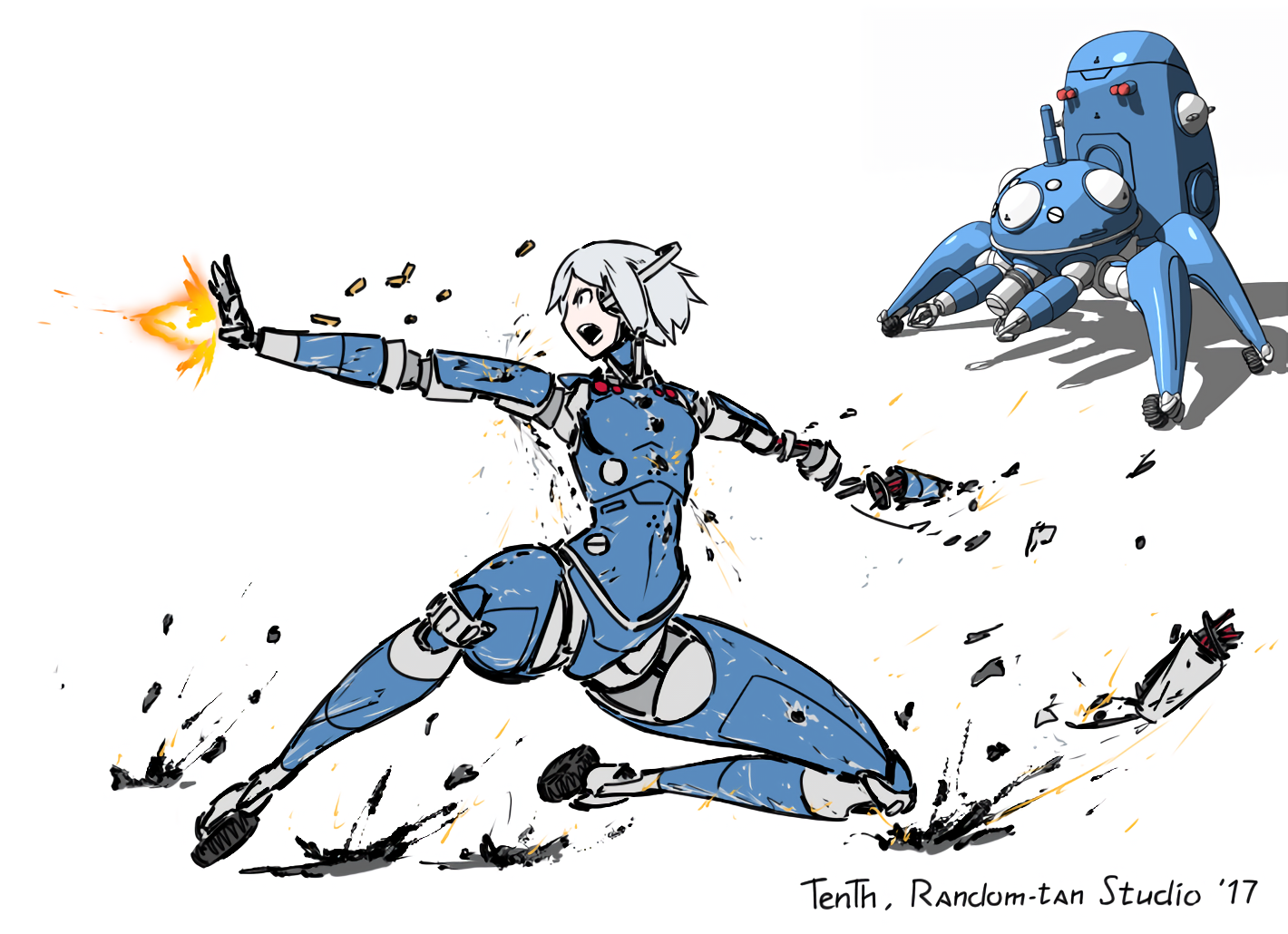
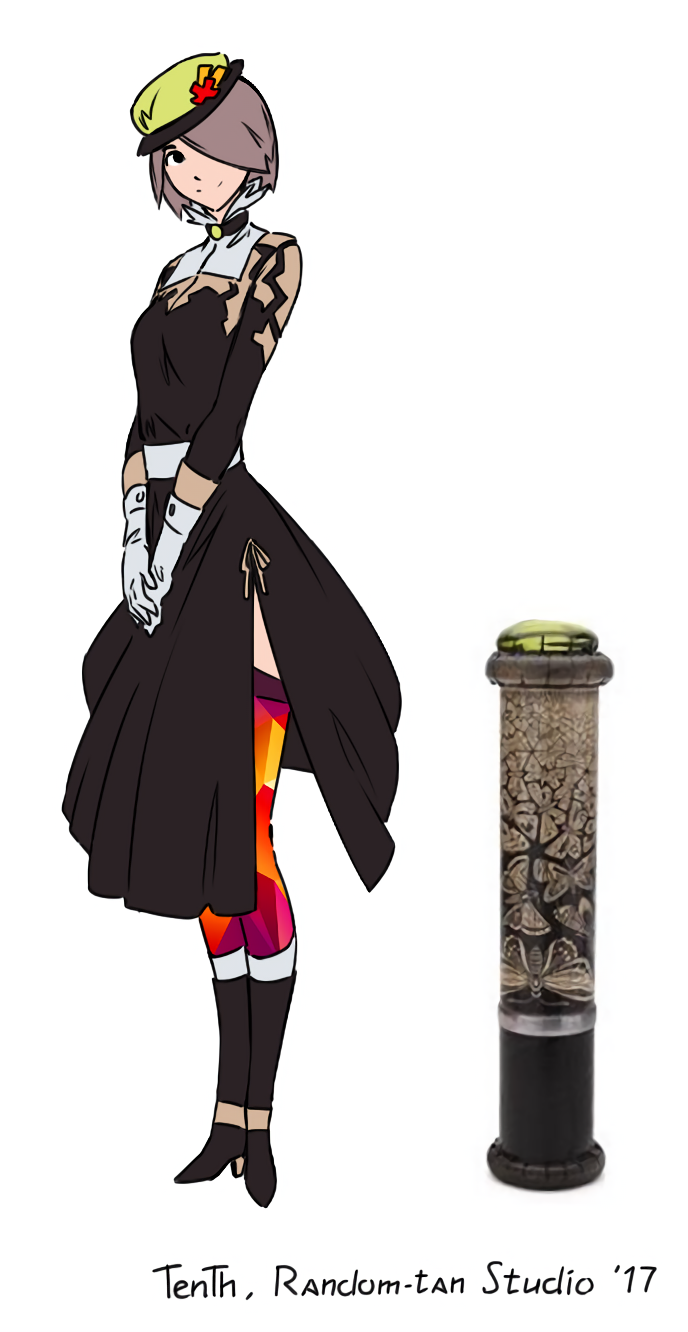
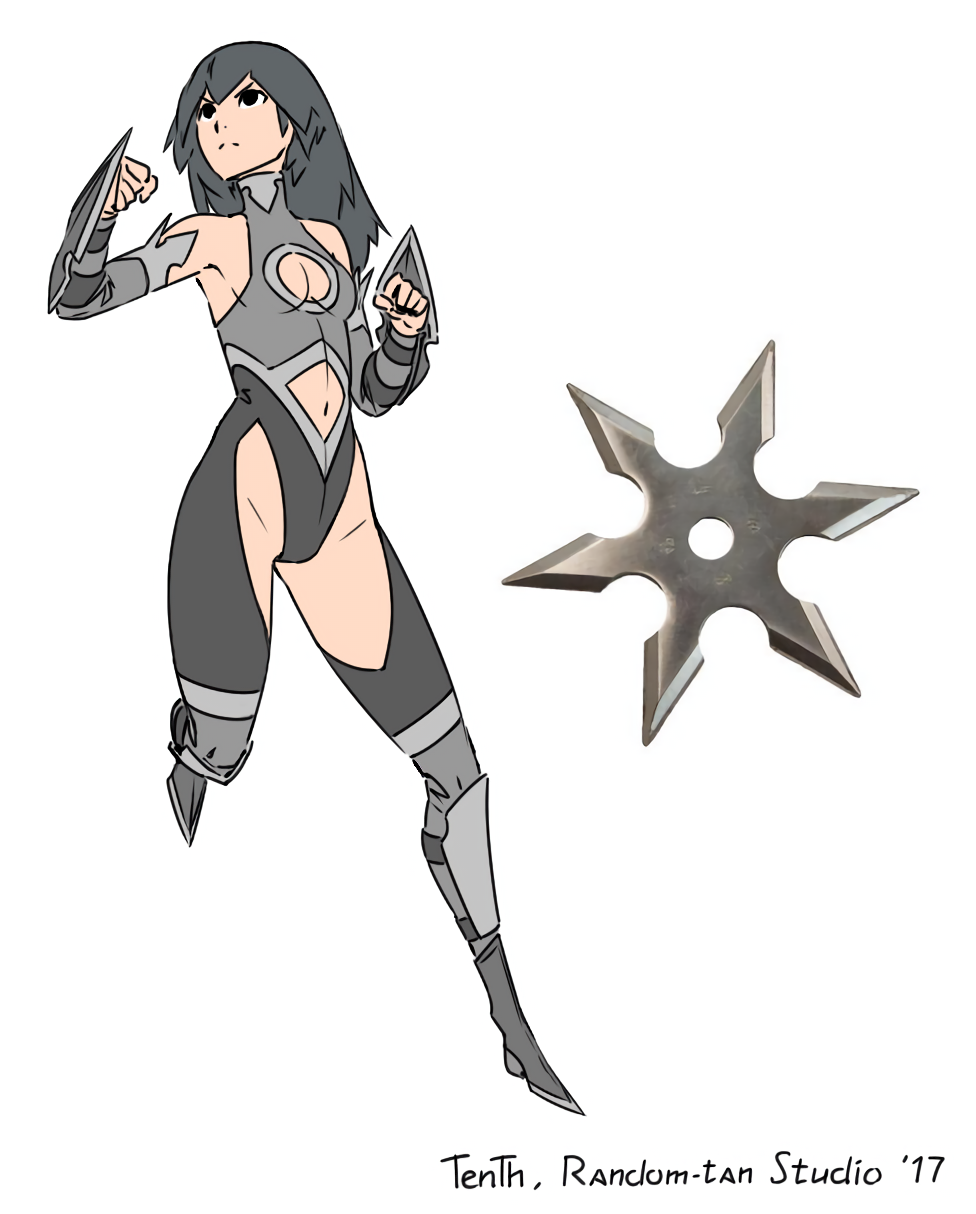
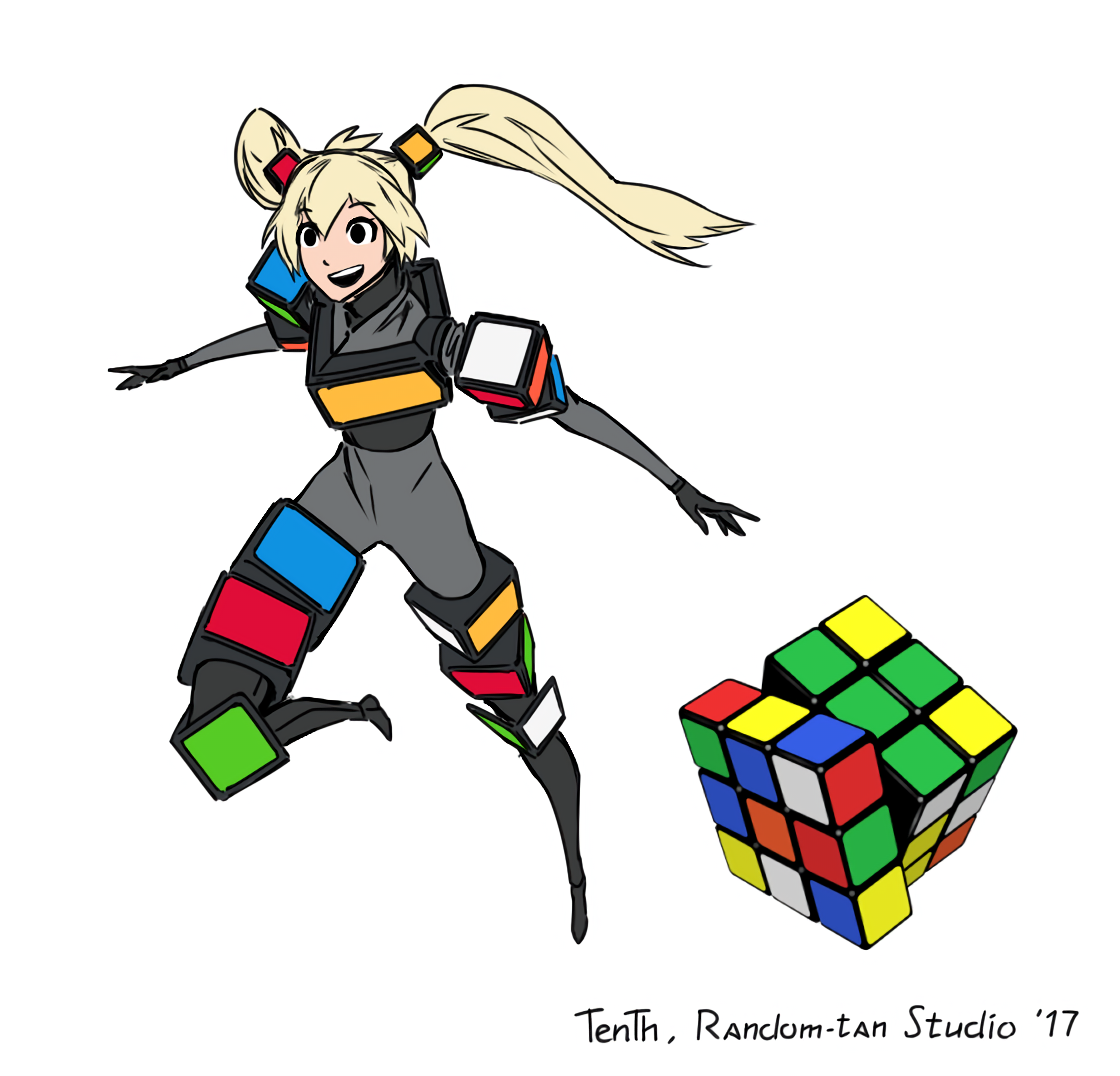
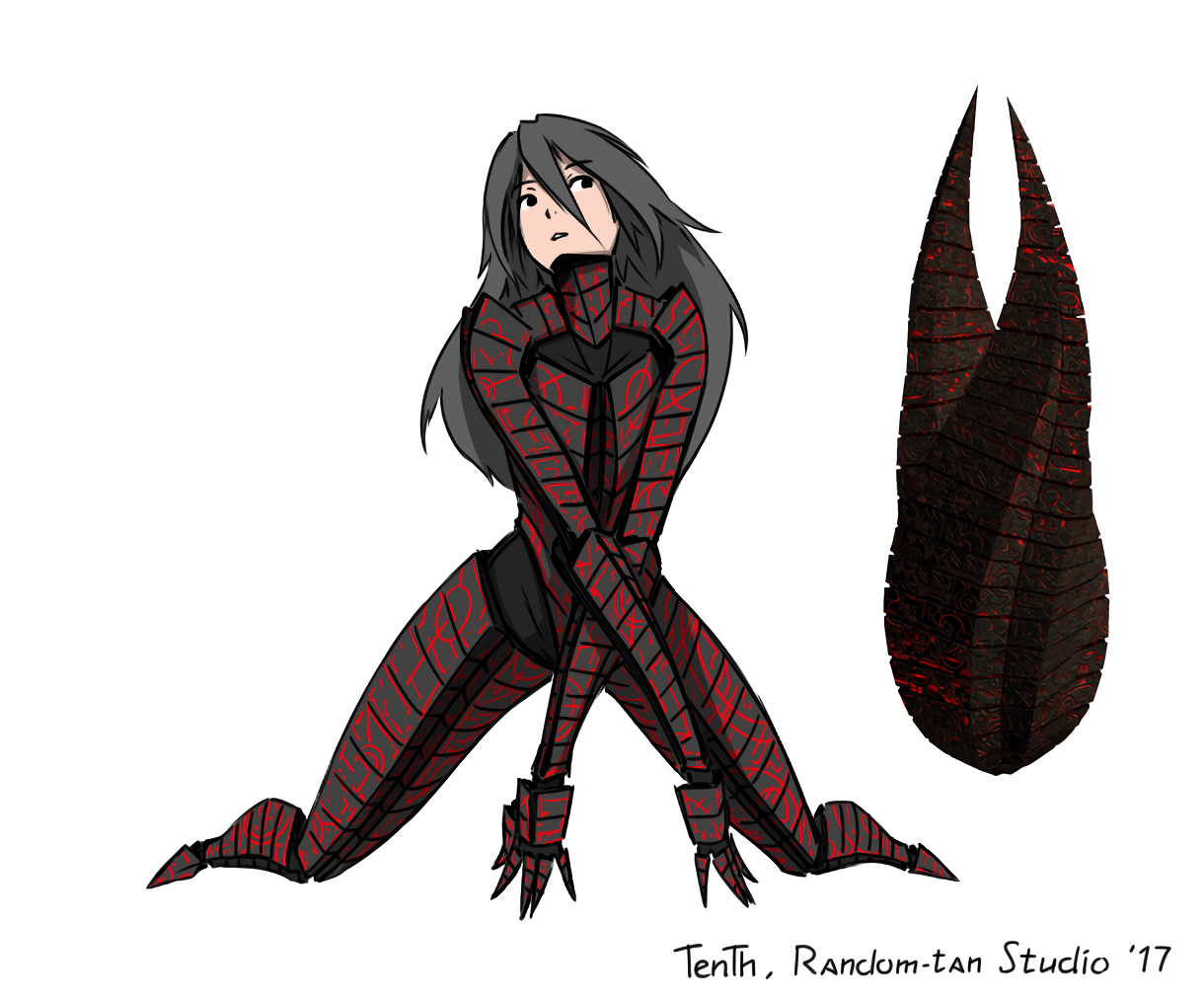
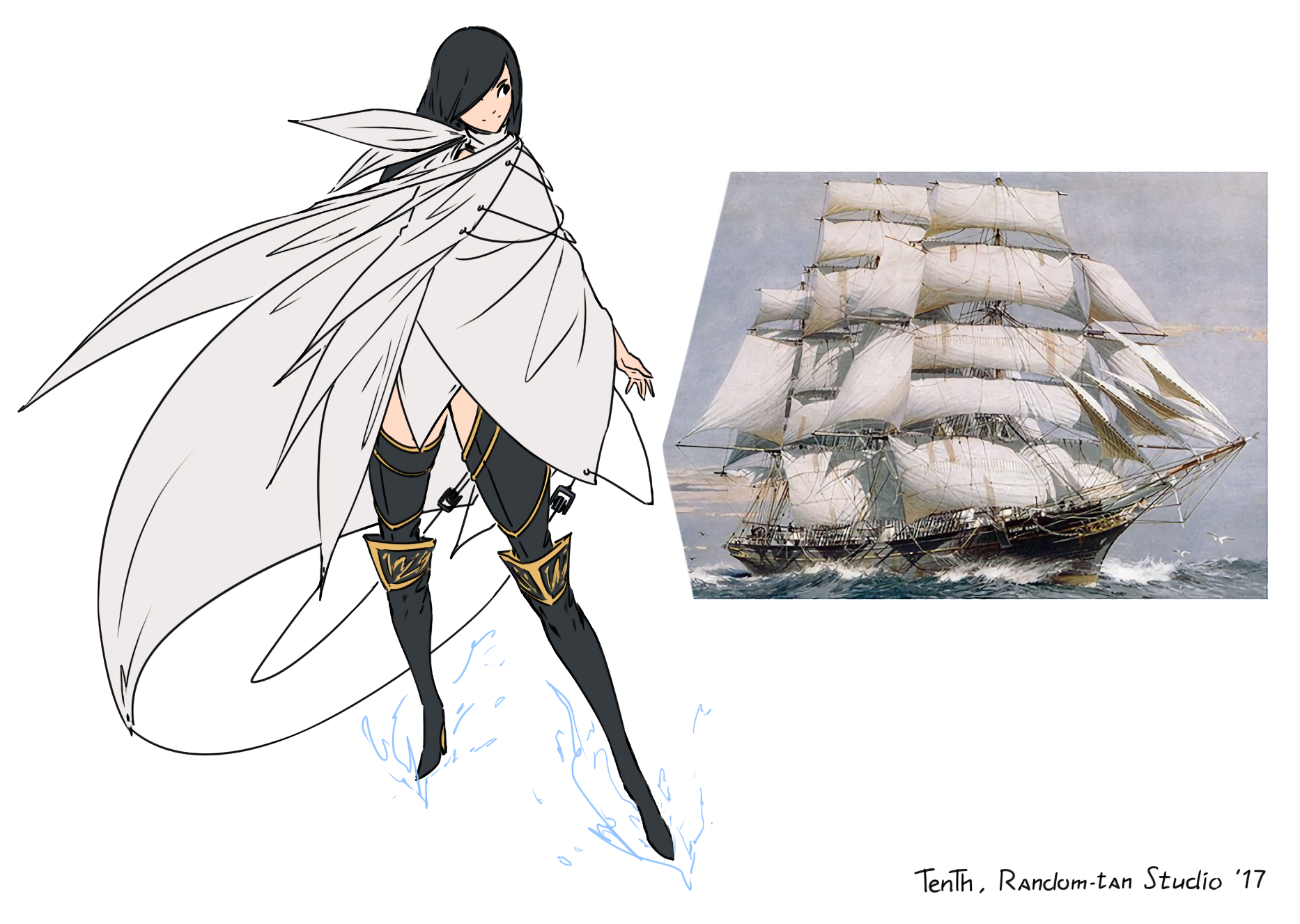
I’d also love a more diverse industry but not with 2-3 major players steamrolling everyone else. I am sure there are talented filmmakers from Hungary, Kenya, Paraguay or wherever whose thought-provoking, innovative, well-executed movies never receive as much attention as another South Park season or Marvel movie.